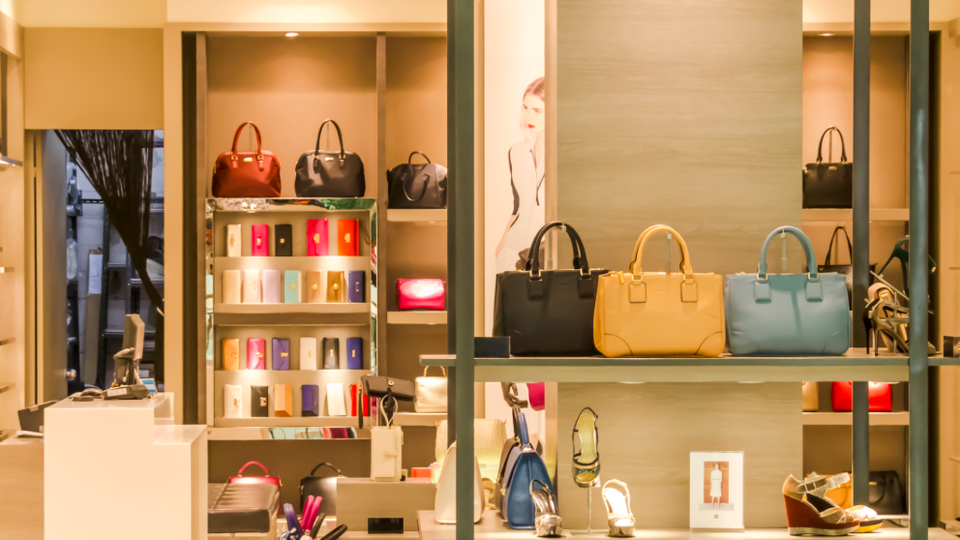Retailers and shoppers have different expectations for fashion technology.

Retailers and shoppers have different expectations for fashion technology.
Shoppers and retailers are not on the same page when it comes to the future of fashion technology, with many brands investing in high-tech features that have little to no traction among today's customers.
According to a new report from Klarna, 73 percent of consumers explicitly value in-store shopping trips. However, 42 percent of retailers are prioritizing online shopping technology, indicating a disconnect between strategy and consumer preferences as bricks-and-mortar experiences are neglected.
"Many luxury retailers don’t offer flexibility and convenience when it comes to purchasing options," said Malin Eriksson, U.S. general manager of Klarna, New York. "This report showcases that a third of shoppers want to be able to pay later after they’ve left the store or pay after delivery, without a debit or credit card."
For this report, Klarna and Censuswide surveyed 2,000 shoppers and 50 decision makers in fashion retail in the United Kingdom.
Missed Opportunities
Retailers continue to invest in shopping technology that has little attraction to the consumers they are trying to woo.
The most popular request for consumers was better products, with 28 percent of respondents wanting greater variety of clothing. Meanwhile, 38 percent of retailers are hoping to integrate online personas or avatars, making it the most wanted functionality among brands.
Almost a third of retailers, 32 percent, want virtual stores to be available for customers to view online, but only 10 percent of shoppers showed interest in that technology.
Shoppers do want retailers to offer technology that better informs their purchasing decisions.
Forty-two percent of consumers want measurements to be available so they can ensure fit, and 31 percent of shoppers want to make payments after they have left the store or after an online order has been delivered.
Some brands have already rolled out services that allow consumers to decide then buy.
For instance, Net-A-Porter and Mr Porter allow their “Extremely Important People,” or EIPs, to call in a personal shopper who will select items for them. The consumer can then pick what they want to keep, and they will only be charged for those items.
Customers are almost evenly split on whether they prefer shopping in-store or online. Although 42 percent of shoppers surveyed find online shopping more convenient, 61 percent find ecommerce to be more tedious without allowing them to touch or see items.
Almost half of respondents, 49 percent, also say when shopping in-store they miss personalized discounts available online.
A fifth of retailers believe they are still adapting to today's digital climate, while others are looking to invest in virtual shop assistants, drone delivery and smart fabrics.
Those technologies, however, still do not hold broad appeal for shoppers. Four in five shoppers surveyed also had no interest in using augmented reality or virtual reality features.
In a report from Boston Retail Partners, consumers made it clear they would be satisfied with more low-tech integrations.
With nearly half of all shoppers BRP surveyed use mobile devices in-store, a majority of respondents, 59 percent, value retailers who offer customer Wi-Fi networks. However, only 47 percent of retailers offer that feature.
"From a personalization and customization standpoint, Under Armour and Adidas really stand out," Ms. Eriksson said. "Timberland, Topshop and Charlotte Tilbury are making strides in AR and VR."
IRL shopping
Consumers will continue to search for more human elements while shopping, which is clear through the slow adoption of more high-tech in-store features.
Digital media cannot replace the sensory and social experiences that come with shopping at physical stores.
Despite the growing popularity of ecommerce, weekly bricks-and-mortar shoppers have actually increased, from 40 percent in 2015 to 44 percent in 2018.
Retailers can leverage positive shopping experiences to encourage customers to leave feedback in exchange for further discounts or other customized benefits. Integrating technology at physical stores, making them “phygital,” is crucial if retailers want to follow customers’ digital footprints.
While digital tools may be appealing, a report from the Luxury Institute shows that many consumers value the personalized touch of a human sales associate to guide them through the shopping process.
Half of all affluent consumers surveyed by the Luxury Institute said that sales associates give a relationship-driven experience that is inimitable by online tools and ecommerce. While luxury brands should certainly not neglect the benefits that technology can bring, it is just as important to remember to keep the human element in-store.
Reposted with permission from Luxury Daily.








